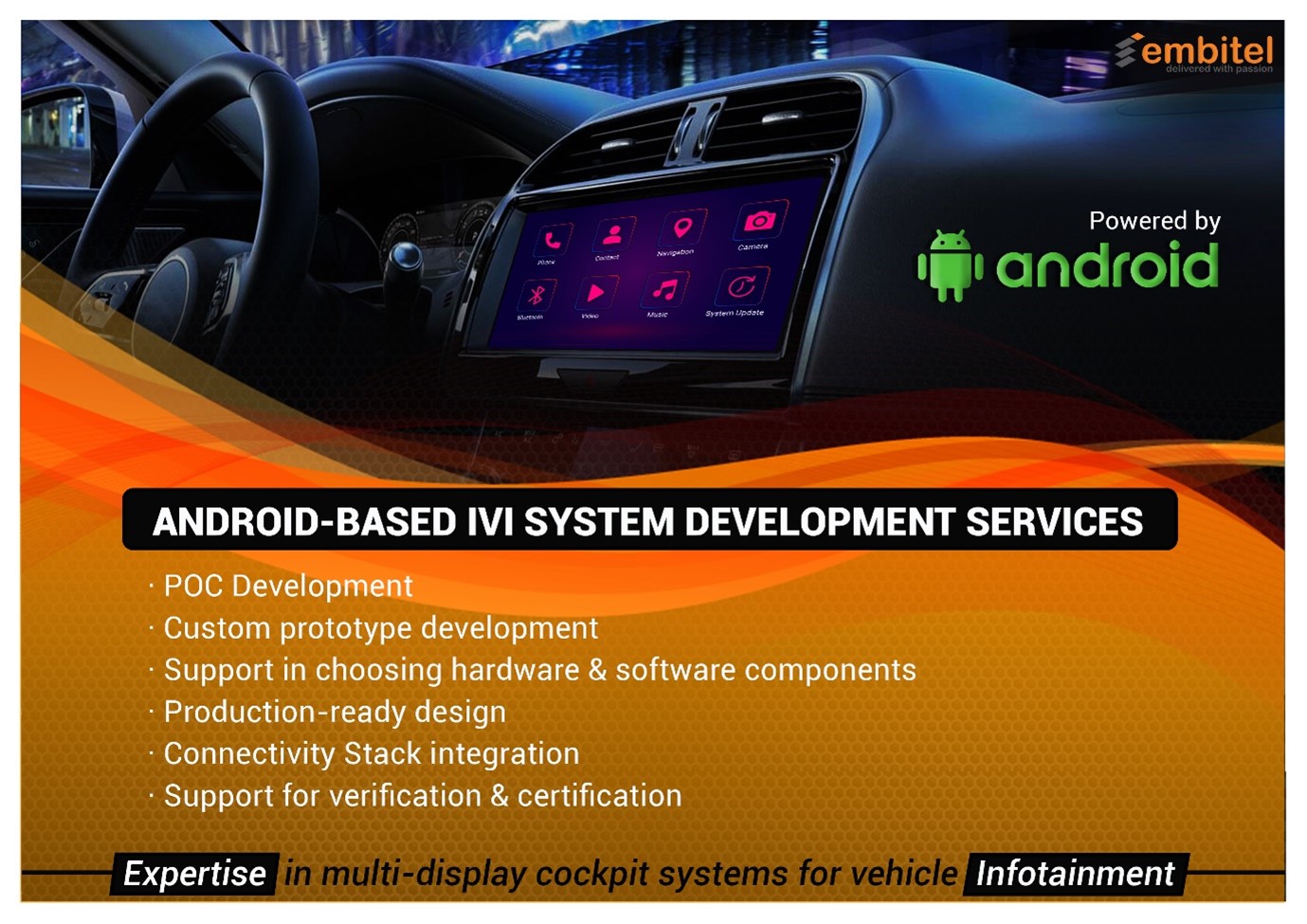Why Should We Give A DAMN About DAM (Digital Asset Management)
Category : Digital Commerce & Experience Blog
A lot of enterprises today are aware of Digital Asset Management systems, but there are still quite a lot of them who are contemplating on whether they really need a DAM system. What major difference is it going to make? Is it expensive? – and many other such doubts often arise.
If you are one of them, then this blog is tailor-made for you. Unlearn and relearn with us on Digital Asset Management as we bring you the A-To-Z of DAM systems.
Why Do We Need Digital Asset Management?
The major objective of businesses is to reach out to their customers and make every experience for them memorable and trustworthy. They would want to come up with campaigns and strategies quickly and efficiently with finest creatives. For that, they need related digital files and media handy. Bigger the organization, bigger the data and information. Navigating through a wide array of this media poses challenges for staff and enterprises.
If access to these files is restricted or lost, then imagine the amount of time and effort that has gone wasted.
Hence, it is advisable to go for a structured system which covers everything under one roof.
Users would want to streamline utilization and experience of digital media files. They would prefer a software system which does this to ease business processes. Such a system is referred to as Digital Asset Management platform.
Uncover more about Digital Asset Management here on.
What is Digital Asset and Digital Asset Management (DAM)
Any resource that is digital and can be stored digitally makes a digital asset. It can be your images, videos, brochures, datasheets, newsletters, podcast audio files, infographics, gifs, logos, and more.
A centralized process of managing digital assets by organizing, storing and retrieving rich media and managing their rights and permissions is Digital Asset Management. These assets are defined by their metadata. Metadata can describe asset content, encoding, ownership and access rights.
To access these assets, we need an easy-to-use platform where customers can benefit without wasting time and money. Hence the launch of DAM. Today, almost every business and enterprise, whether B2B or B2C, retail or service, are using Digital Asset Management.
Most of the current DAM systems have the capacity to integrate with other tools and systems, which is an icing on the cake for content marketers.
The scope of what comprises a digital asset is wide-ranging. You need to realize two significant factors when it comes to managing them:
- Scope of Digital Assets – The broad range accommodates files of any size to be stored. Managing these assets should be seamless and simple.
- Heterogeneity of Digital Assets are heterogeneous – Marketing ads will need a completely different metadata than a database of staff salaries, and each needs to be stored in a different way, at different place and should be accessible by different staff groups.
Key Benefits of Digital Asset Management
You might not know the need of a digital asset management system in your enterprise. Eluding this kind of confusion is exactly what DAM systems do. They allow you to code, organize and store all your digital assets. This helps your staff to retrieve assets that they need and manage access accordingly and thereby improve cyber security.
We’ve listed the key benefits that a DAM platform offers. Read on.
- Improved Productivity
- Build Brand Consistency
- Security
- Save Time and Money
- Deliver Brand & Campaigns at Scale
- Better ROI from Assets
Managing, updating and tracking down assets takes up considerable amount of time and resources for the companies. At times, there are chances that assets can go missing or lack of security can be a serious issue. Digital Asset Management solutions aid companies to work smarter.
DAM enhances the overall productivity of the entire staff as the assets are brought under one system and are made easily accessible.
If you want to build your brand, then you should always be in people’s memories. To do that, you need to consistently deliver messages and reach out to customers. With the use of Digital Asset Management system, one can easily evaluate a lot of things. For instance, which of your logos your staff should be using for a particular initiative, which one is updated, or which logo needs an upgrade, and so on. This makes sure that all staff members are on the same page, working from the same subject matter and avoiding expensive blunders.
DAM systems improve security remarkably as they allow businesses to have control over access to files and identity management. Based on statistics, 88% companies do not limit access to their files judiciously which leads to anyone accessing the files, data loss, information leak and hacks. Today, digital assets are regulated; going with a Digital Asset Management system will make it simpler to attain compliance with suitable data and privacy legislation.
With all your assets stored logically in a secure way, your staff will not have to waste time looking for them.
DAM supports in managing volumes efficiently and quickly. You will be able to cater to a vast customer base and deliver personalized messages. This creates a huge impact on your brand value and has the potential to turn them into your loyal customers.
Currently, pictures, videos and any form of digital creatives are indeed an asset to the businesses. They generate revenue and have become very expensive to acquire. According to a research by some vendors, large businesses save up to 6000 annual work hours of staff using Digital Asset Management.
DAM also ensures that there is average revenue expansion and minimum risk from asset exploitation.
Digital Asset Management vs. File Storage
Before we head further on implementation of DAM, let us clarify the misbelief that Digital Asset Management and Cloud file storage are the same thing. They are not.
File storage is indeed good but dated for big enterprises. The scale and depth that Digital Asset Management systems can offer is much better and saves lot of your time as compared to file storage.
Choosing DAM Provider and Implementation
Which DAM methodology to implement will depend largely on the provider you choose and, oh yeah, also on your business type, size of your team and managerial system.
As mentioned above, digital assets come in different forms like text, spec sheets, product packaging assets, how-to-videos, illustrations and graphics for the web, audio snippets, animations and much more. The types and quantity of assets are going to vary in Digital Asset Management platform based on your business objectives.
Will it be used for branding and communication, marketing and campaign creation, product or service or a combination of these things?
Apart from that, you might have to evaluate your trends in online/digital trading, assess your business performance and how you want to improve in growth and investment.
Nonetheless, make sure that your Digital Asset Management provider is a reliable vendor company that offers the following:
- A well-planned user interface (UI)
- Assistance on different file types
- A resilient system for assigning metadata
- An adaptable approach to users, licenses, and storage
- A comprehensive plan to oversee the development of the DAM system
- Quick and efficient customer service and training
Decide When and Which Assets to Migrate
Once you have zeroed in on a Digital Asset Management provider, the next step is prepping for migration process. Do not be in a hurry and transfer all your digital assets at once. Sudden migration of your assets at the same time to a new system might cause significant disturbances in your business.
It is a known fact that every new system or procedure will have teething troubles. You should be ready to calibrate your user access accordingly. Sometimes, in extreme cases, if something goes wrong during migration then you might end up shutting down the business for a few days or weeks. Beware and take a slow and strategic approach.
- The first step is to identify imperative assets. The files that the resources use day-in-day-out should be migrated first so that the staff gets access and familiarized with the new Digital Asset Management system. Sometimes there might be a need to run two systems simultaneously – the new DAM system and legacy system. There is no real problem in doing this as long as the resources are intimated on which assets to be accessed and how.
- The next step is to allow the new system to settle down for a while and then migrate medium-term assets, i.e., those assets that are used once in a month or year, maybe.
- Lastly, transfer the archives. It is up to you to decide whether you want to transfer archives to your Digital Asset Management system. Huge archives can slow down the process and systems and quickly use up your allocated disk space. If your staff uses it more than once every quarter, then you should definitely think of migration.
Metadata and Taxonomy
In simple terms, the information that comes with every asset on your Digital Asset Management platform is metadata. The field in the metadata answers various questions about each asset.
The structure in which these assets are stored is called taxonomy.
Both concepts are equally important while implementing a DAM system as it reinforces the search capabilities for your staff. To find the assets easily, metadata should be convenient and descriptive. To avoid fragmentation and inaccessibility you need a logical taxonomic structure.
If you have already migrated to cloud storage, you might be experiencing an organized logical tree structure. With Digital Asset Management system, you will realize the added benefits and improvement in the performance of the structure and components.
Being Real Here
Implementing Digital Asset Management system is as easy as pie, really. But it is migrating almost all of your assets, logically organizing them, and adding applicable metadata which is a complex process.
You have to be prepared to invest time and money in planning your migration. A good quality DAM provider offers you advice, guidance, and automated systems at times to help you complete the process. This will be a long-term investment.
You should also remember that migration is not necessarily a one-time process. Taxonomy or metadata system will not be perfect from initiation; you should be ready to regularly revisit the processes and mechanisms in which your Digital Asset Management works. It is worth setting up meetings with the consulting team regarding this.
Bottom Line
It is indeed a wonderful world of content out there. Make the most of your content in any form and leverage it to reap benefits and customer loyalty with Digital Asset Management. With its transformational potential, powerful storage resources, organization and distribution capabilities, companies can increase their efficiency and competitiveness significantly.
Invest in Digital Asset Management, choose an efficient provider and you are good to go.




















